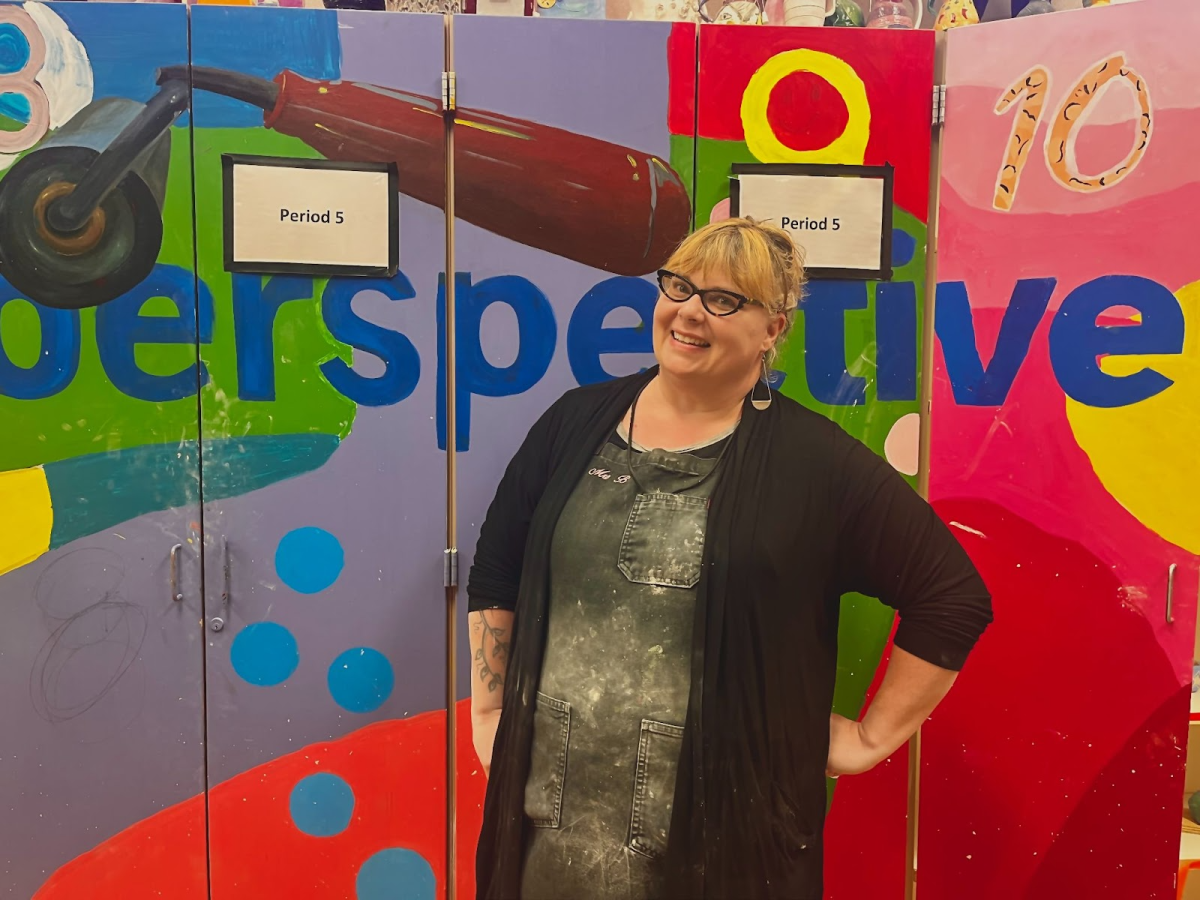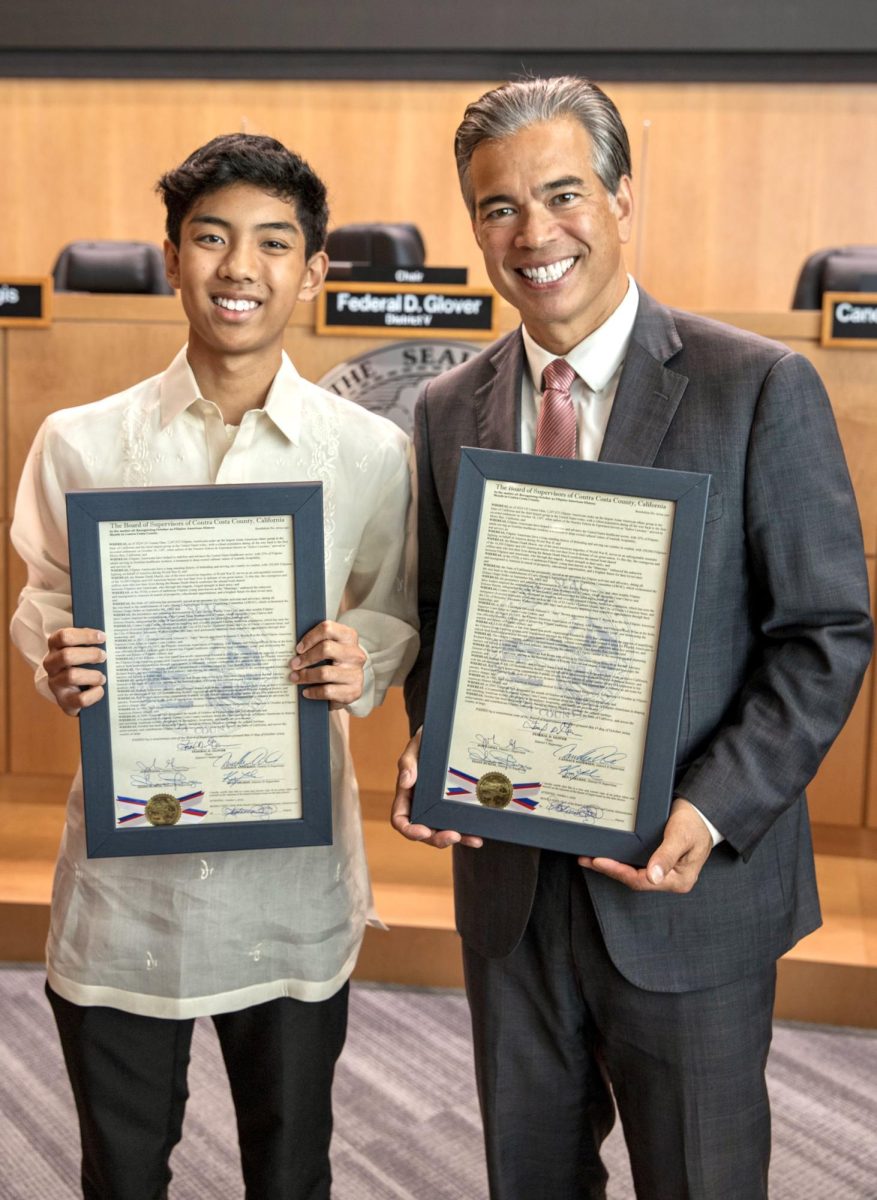An epidemic has been infecting the world’s population ever since the 1990s, when opioids became much more accessible and popular. And, out of all nations, the U.S. has the highest rates of overdose fatalities, with 136 of them for every day that passes. That’s why ThinkNeuro, a social enterprise organization, was founded in 2023. Its goal is to educate affected communities about opioids to decrease their misuse, alongside its participation in other important neurological topics.
The organization was founded by Michael Yan, its chief executive officer, Lalita Sabat, its chief operating officer, and Briana Lay, its board president. Its members include people from various backgrounds, such as students, policymakers, and researchers, who have all come together to make a positive difference in the neurological realm.
Yan, alongside his role as ThinkNeuro’s CEO, is a third-year undergraduate at the University of California, Berkeley, where he’s studying molecular and cell biology while minoring in public policy. Before starting the organization, Yan remembers watching the news and seeing the terrible effects of opioids on communities not too far away from him.
“I grew up in Los Angeles relying on public healthcare programs, and therefore witnessed firsthand the disparities in access to quality care, especially in communities facing financial, linguistic, and systemic barriers,” Yan said. “And what I realized was that these challenges weren’t just statistics, they were everyday realities for the people around me as well.”
Opioids are a type of natural, synthetic, and semi-synthetic drug. The cycle of opioid abuse often starts with it being used to relieve pain, but some people end up using it recreationally, due to the sense of euphoria it triggers in the reward center in the brain. Eventually, as tolerance of the drug develops, the body starts to need more powerful doses of it to reach the same euphoric effects. Then, when an opioid victim tries to avoid using these drugs, harsh withdrawal symptoms may occur, making it more difficult for the user to stay off of them.
ThinkNeuro reaches out primarily to communities that face especially high levels of opioid abuse, specifically San Bernardino, California, where the CEO is from, and experienced firsthand accounts with friends who had been addicted to opioids. Notably, the organization has also made it a point to visit communities with many people who don’t speak English as their primary language, as they tend to be less informed about opioid abuse, due to a lack of bilingual resources related to opioids.
Sophomore Ruhikaa Pannem of Monte Vista is an active member of ThinkNeuro, having joined it in January 2024 as a freshman. She first found this organization through the school’s email bulletins, from which she signed up for ThinkNeuro’s internship program. There, she became a part of two cohorts (“seasons/quarters/sections” for each of ThinkNeuro’s research projects), one that managed MRI and Alzheimer’s disease investigations, and another called the Spring 2024 Bibliometrics Cohort, where they looked at research papers and conducted a study based on them. Ruhikaa has made multiple connections with ThinkNeuro’s members, with whom she stays in touch to this day.
“It is a good opportunity for high schoolers who want to get into neuroscience and learn the research aspects of it,” Pannem said. “If you are looking to learn more about neuroscience or want more opportunities in this field, you should definitely join.”
Now she is an associate (team lead) in the Spring 2026 Cohort for the Digital Health Science Kits intern group, which works to make materials on muscular, skeletal, and respiratory system information for elementary and middle schoolers, along with various activities for them.
“The best part of this organization is the outcomes and results of our research,” Panemm said. “It’s really cool seeing your name on a research paper and being credited for the work you did. My favorite part is probably working with the teams.”
ThinkNeuro has multiple programs that you can get involved in, such as their Student Research Internship program and Doctor Discovery Program (DDP). More information about them can be found on their Instagram page and website.








